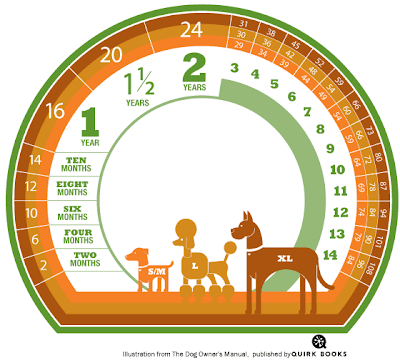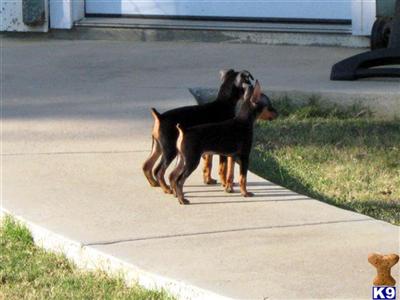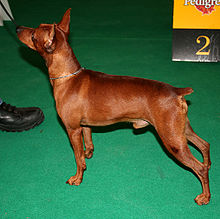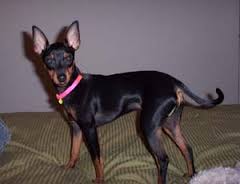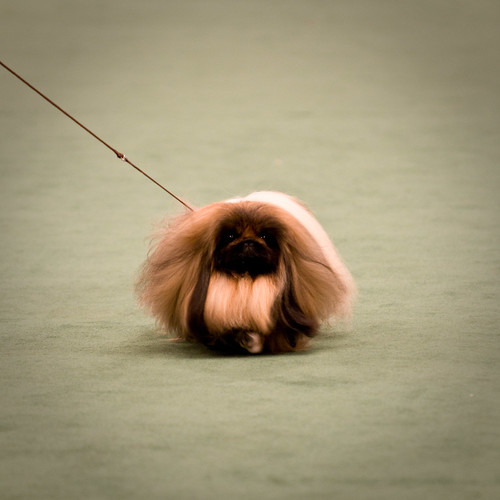Choosing a vet is one of the most important decisions a pet owner makes. There are a number of things to keep in mind when choosing a veterinary care center and finding the best vet (or vets) for your pet.
Every pet needs a good general care vet and some require one or more specialty veterinarians. Examples of veterinary specialties include: care of exotic animals or a particular species, holistic care, osteopathic care, ophthalmology, anesthesiology, toxicology, oncology, behaviorism, nutrition, sports medicine, emergency medicine, dermatology, dentistry, and so on.
There may be a few dozen to a few hundred veterinary care practices and hospitals in your area. Talk to coworkers, friends and family pet owners, as well as trusted pet professionals (your favorite groomer, trainer, boarding kennel operator, pet sitter, doggy daycare provider, and pet boutique owner) and ask for recommendations. What veterinarians do they use and why?
Every pet needs a good general care vet and some require one or more specialty veterinarians. Examples of veterinary specialties include: care of exotic animals or a particular species, holistic care, osteopathic care, ophthalmology, anesthesiology, toxicology, oncology, behaviorism, nutrition, sports medicine, emergency medicine, dermatology, dentistry, and so on.
There may be a few dozen to a few hundred veterinary care practices and hospitals in your area. Talk to coworkers, friends and family pet owners, as well as trusted pet professionals (your favorite groomer, trainer, boarding kennel operator, pet sitter, doggy daycare provider, and pet boutique owner) and ask for recommendations. What veterinarians do they use and why?
Put Your Vet to the Test
When choosing a vet you are hiring a professional. Put them to the test! I suggest using the following questionnaire as a framework from which you can start evaluating potential vets or your satisfaction with your current veterinarian. This framework contains a guideline of sample questions to ask yourself and your vet about how well the vet in question meets your criteria; and will be an even more effective evaluation tool when supplemented with your own questions and concerns.
Cost
How do the prices compare with other vets in town?
* Specialty vets may cost considerably more than general care vets
* Call local veterinary offices and request office visit prices. Survey as many as possible and use their responses to determine a baseline rate for your area.
Does the veterinary care clinic accept your pet health insurance provider?
Do they offer discounts for multiple pets from the same household?
Ethics
Business ethics: Check with the Better Business Bureau to make sure there are no complaints on file.
Professional Associations: Is your vet a member of any professional organizations? (Ex. American Veterinary Medical Association - AVMA, American Animal Hospital Association - AAHA)
Services
Do they offer grooming?
Do they offer boarding?
Do they offer appointments on weekends? Evenings?
Do they offer emergency services on nights, weekends, and holidays? If no, to whom do they refer clients for emergency care?
Facility/Convenience
What is the average wait time for an appointment?
How close is the location from your home?
Is it easy to find a parking space?
Is the facility clean and well-lit?
Your Pet's Needs
How much experience does your vet have with your pet's unique special needs? How many cases per year does he or she treat?
If your veterinarian does not have experience addressing your pet's particular needs, will he or she refer you to a specialist and work with that specialist on a customized wellness plan?
Specialty Associations: Is your vet a member of any veterinary medical associations dedicated specifically toward your animal's needs or wellness plan? (Ex: American Veterinary Society of Animal Behavior - AVSAB, American Holistic Veterinary Medical Association - AHVMA) If you are interested in alternative medicine, limited vaccination protocols, home prepared diets for dogs, etc., will your veterinarian work with you to incorporate these priorities into your pet's wellness plan?
Staff
How many veterinarians are on staff?
Is the office staff friendly... on the phone? In person?
Are the veterinary technicians friendly, to you and the animals? Are they gentle when handling animals and dealing with fearful animals? Do they listen to your concerns, appear knowledgeable and offer helpful information?
Are staff members professionally dressed?
What are your thoughts on the vet's "bedside manner?" Does your pet like her? Does she like your pet? Are all your questions answered patiently, thoughtfully and thoroughly, or are you rushed out so the next client can be ushered in?
Understanding Animal Behavior
For many pets, going to the vet's office is a stressful and scary experience. A staff and veterinarian unknowledgeable about animal behavior can exacerbate the problem. The leading society for veterinary behaviorists (AVSAB) recommends early socialization, positive reinforcement training techniques, and warns against the promotion of antiquated "dominance theory" for behavior modification in dogs. For more on AVSAB's position statements and advice for choosing a trainer, check AVSAB Online.
If your dog has an existing fear of the vet, a veterinary behaviorist or experienced positive trainer should be able to help you learn how to make veterinary visits and husbandry procedures significantly more enjoyable and less stressful for your fearful pet. Bring along a variety of really tasty, special treats and a clicker; click and treat your pet liberally throughout the appointment to create some positive associations at the vet's office. If your pet is too stressed to eat at the vet, a trainer or behaviorist should be able to help you implement a desensitization and counterconditioning program.
Did Your Vet Pass the Test?
If not, the search continues! Don't be discouraged - finding the right vet truly is a pet owner's treasure hunt, and the rewards at the end of the search are bountiful and full of wellness for your well-loved furry family members.


